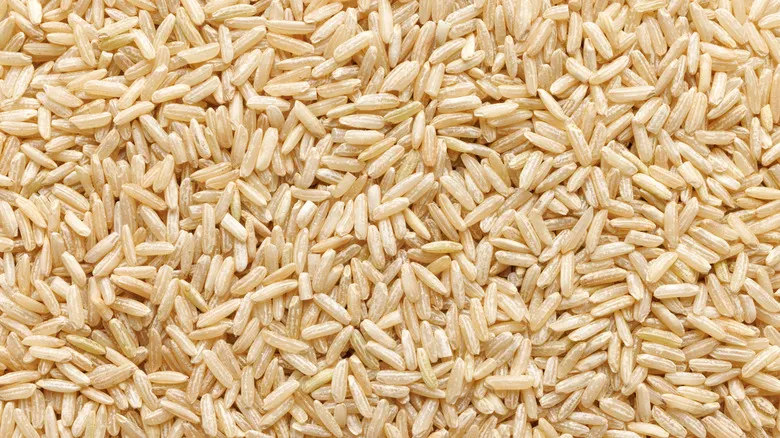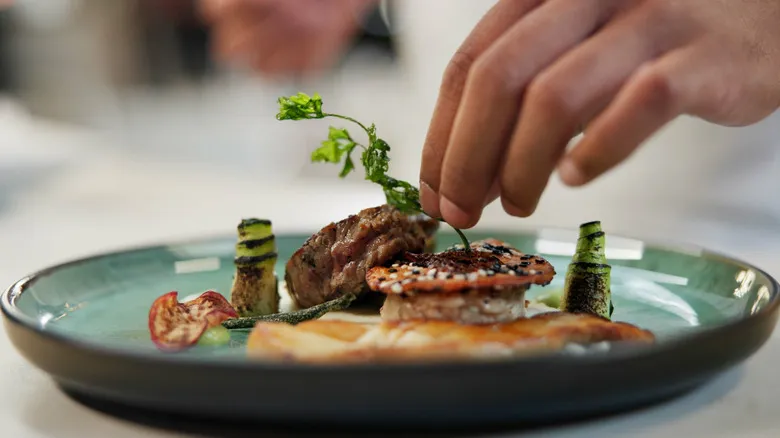Not all fresh herbs should be added at the end of cooking

In the world of cooking, the nuances of each herb can greatly influence the final dish. To fully capture their flavors, it's essential to tailor your preparation to each specific herb. Generally, heartier greens tend to integrate into dishes earlier in the cooking process.
Take rosemary, for example; its woody nature not only withstands heat but actually benefits from it, as seen in rosemary and garlic roasted potatoes or grilled meats. Thyme behaves similarly, blending seamlessly into roasts, stews, broths, and other slow-cooked meals. Dill, on the other hand, is more delicate and should be added towards the end of cooking to enhance a soup with its lovely herbal notes.
Additionally, certain herbs lend themselves to specific dishes. When using basil, for instance, you're likely to create a pesto that pairs beautifully with pasta. While it may not be a simple garnish, it certainly highlights the fresh flavor of basil. Herbs like cilantro, parsley, and mint also shine in aromatic sauces, so it's wise to consult specific recipes for optimal usage.
Recommended

Why Canned Potatoes Always Deserve A Spot In Your Pantry

The Trick That'll Cut Down On The Time It Takes To Cook Brown Rice

Why You Should Be Skeptical Of Grand Cru Chocolate

Why Too Many Toppings Will Ruin Your Thin Crust Pizza
Next up

